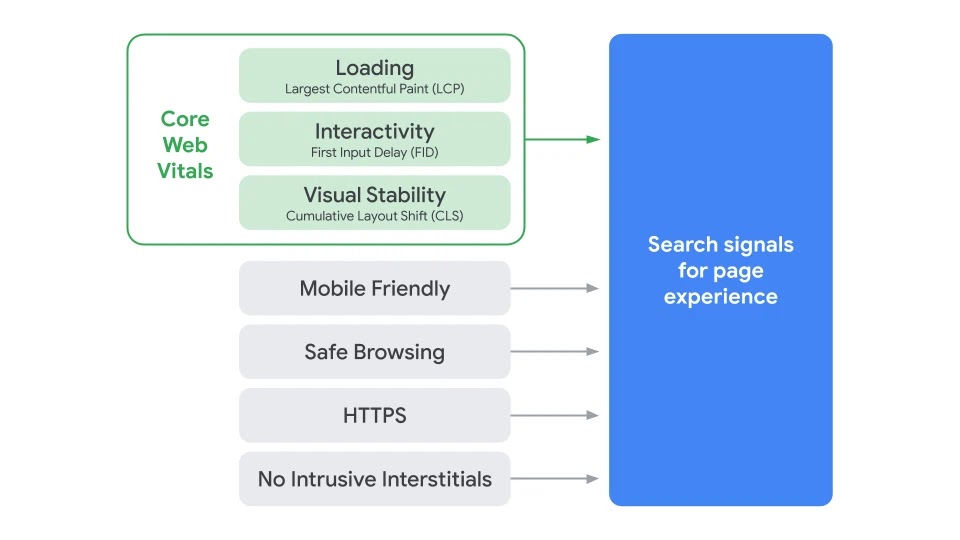3 Things To Know About Google’s Core Web Vitals
Prompted by quarantine and COVID-19, people have grown increasingly reliant on technology and websites. From working remote, virtual hangouts with friends and family, checking the news and more, everything has gone online. Of course, reliance on rapidly evolving technology is not a new phenomenon, rather, it has just become more apparent during the past few months. But with people working from home and sheltering in place, companies must adjust to consumer expectations in a post-pandemic world to include improved online accessibility, user experience and speed.
As we all know, thanks to the seemingly infinite amount of websites that exist today, you can essentially do anything and everything online. Users can easily jump from Netflix to Hulu, CNN to MSNBC, Target to Amazon and so forth. In order to keep users engaged on their website rather than competitors’, companies must prioritize their user experience (UX).
Google Introduces “Core Web Vitals”
In light of these considerations, Google Chrome’s team just announced the launch of a new set of metrics called Core Web Vitals. According to Google’s latest blog, “users show they prefer sites with a great page experience… Earlier this month, the Chrome team announced Core Web Vitals, a set of metrics related to speed, responsiveness, and visual stability, to help site owners measure user experience on the web”. In short, the new metrics will provide a holistic picture of the quality of a user’s experience on a web page.
1. Core Web Vitals: Metrics & Details
As for specific metrics, “Core Web Vitals are a set of real-world, user-centered metrics that quantify key aspects of the user experience. They measure dimensions of web usability such as load time, interactivity and the stability of content as it loads”.
Google plans to combine signals from Core Web Vitals with their existing Search signals for page experience, which includes mobile-friendliness, safe-browsing, HTTPS-security and intrusive interstitial guidelines. Simply put, Google is revamping their page experience ranking system in order to promote user experience and give businesses insight into how their website performs and how they can improve it.

Expected to launch in 2021, the update will include page experience metrics into their existing “ranking criteria for the Top Stories feature feature in Search on mobile, and remove the AMP requirement from Top Stories eligibility”; however, pages still must meet the Google News content policies. In terms of ranking, Google will “prioritize pages with the best information overall, even if some aspects of page experience are subpar. A good page experience doesn’t override having great, relevant content”.
2. Why Good UX Leads to Success
By optimizing page experience, you improve overall user engagement and satisfaction, which will ultimately contribute to the success of your business. In fact, it’s estimated that for every $1 invested in user experience, businesses can expect up to $100 in returns. All of this to say, user experience has become foundational in improving your online presence.
3. Helpful Tools for Improving User Experience
Of course, improving your online user experience will take time and work, which is why Google added Core Web Vitals insights into their tools including:
Need Help Improving Your User Experience?
Interested in improving your user experience? Pyxl Inc. can help. Contact us today to learn more about our services.

Updated: Jul 18, 2024
 Kati Terzinski
Kati Terzinski Erin Murray
Erin Murray